 | ||
Game physics test blender
Computer animation physics or game physics involves the introduction of the laws of physics into a simulation or game engine, particularly in 3D computer graphics, for the purpose of making the effects appear more real to the observer. Typically, simulation physics is only a close approximation to real physics, and computation is performed using discrete values.
Contents
- Game physics test blender
- Physics simulations
- Particle systems
- Ragdoll physics
- Projectiles
- Books
- References
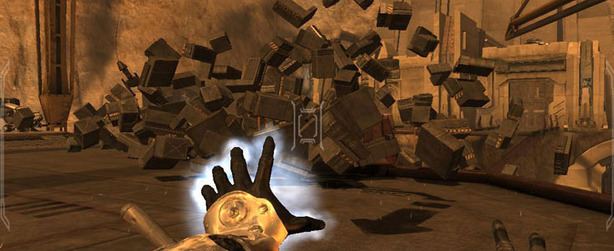
There are several elements that form components of simulation physics including the physics engine, program code that is used to simulate Newtonian physics within the environment, and collision detection, used to solve the problem of determining when any two or more physical objects in the environment cross each other's path.
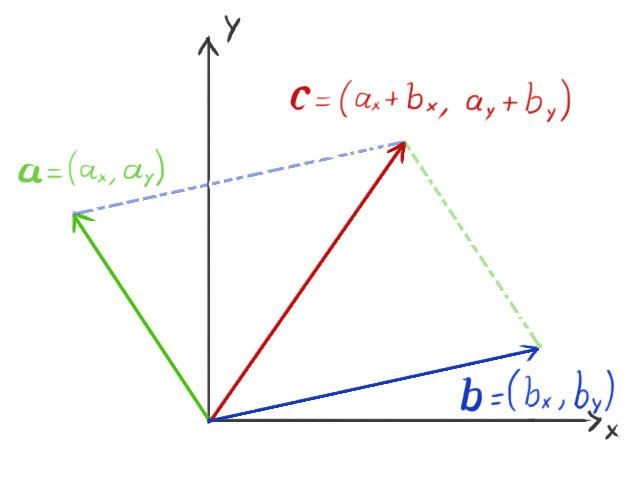
Physics simulations

There are two central types of physics simulations; rigid body and soft-body simulators. In a rigid body simulation objects are grouped into categories based on how they should interact and are less performance intensive. Soft-body physics involves simulating individual sections of each object such that it behaves in a more realistic way.
Particle systems
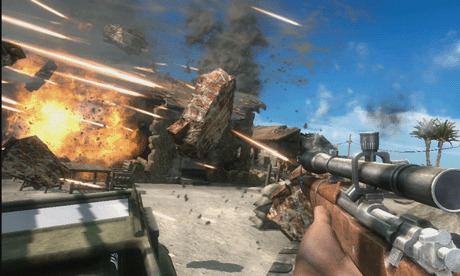
A common aspect of computer games that model some type of conflict is the explosion. Early computer games used the simple expedient of repeating the same explosion in each circumstance. However, in the real world an explosion can vary depending on the terrain, altitude of the explosion, and the type of solid bodies being impacted. Depending on the processing power available, the effects of the explosion can be modeled as the split and shattered components propelled by the expanding gas. This is modelled by means of a particle system simulation. A particle system model allows a variety of other physical phenomena to be simulated, including smoke, moving water, precipitation, and so forth. The individual particles within the system are modelled using the other elements of the physics simulation rules, with the limitation that the number of particles that can be simulated is restricted by the computing power of the hardware. Thus explosions may need to be modelled as a small set of large particles, rather than the more accurate huge number of fine particles.
Ragdoll physics
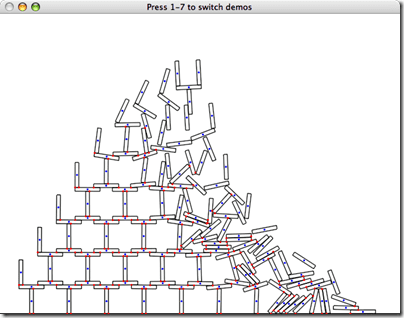
This is a procedural animation and simulation technique to display the movement of a character when killed. It treats the character's body as a series of rigid bones connected together with hinges at the joints. The simulation models what happens to the body as it collapses to the ground. More sophisticated physics models of creature movement and collision interactions require greater level of computing power and a more accurate simulation of solids, liquids, and hydrodynamics. The modelled articulated systems can then reproduce the effects of skeleton, muscles, tendons, and other physiological components.
Projectiles
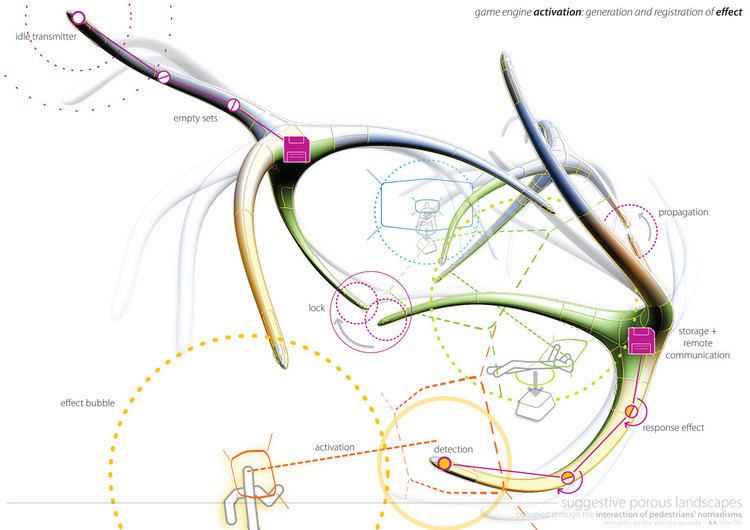
Games such as FIFA 14 require correct projectile physics for objects such as the football. In FIFA 14, developers were required to fix code related to the drag coefficient which had been incorrect in previous games, leading to a much more realistic simulation of a real ball.
